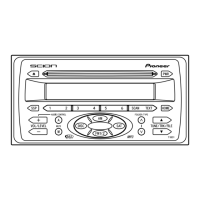
Do you have a question about the Pioneer DEH-M8037ZT and is the answer not in the manual?
| Tuner | AM/FM |
|---|---|
| CD Playback | Yes |
| MP3 Playback | Yes |
| USB Port | Yes |
| Bluetooth | No |
| Display Type | LCD |
| Playback | CD, MP3, WMA, AAC |
| WMA Playback | Yes |
| AAC Playback | Yes |
| AUX Input | Yes |
| Detachable Faceplate | Yes |
| Power Output | 50W x 4 |
| DIN Size | 1 DIN |
| Output Power | 50 Watts x 4 |
| Preamp Outputs | 3 Preamp Outputs |
| RMS Power Output | 22W x 4 |
Symbols indicating adjustments, settings, or cleaning procedures.
Conformance to regulations and safety during servicing.
Performing optimum adjustments for original product performance.
Proper cleaning for optical pickups and other parts.
Setting shipping mode or installing screws before shipping.
Proper application of lubricants and use of prescribed parts.
Precautions specific to CD unit disassembly and handling.
Power source, current consumption, dimensions, and weight.
Tone control ranges and maximum power output.
System type, usable discs, signal format, channels, and MP3 decoding.
Frequency range for AM reception.
Frequency range for FM reception.
Exploded view and parts list for packing materials.
Exploded view and parts list for external components.
Exploded view and parts list for the CD mechanism.
Overall block diagram of the main unit and connected modules.
Connection diagram illustrating system-wide connections.
Block diagram for the keyboard unit.
Block diagram for the CD mechanism module.
PCB layout and component placement for the main unit.
PCB layout for the keyboard unit.
PCB layout for the CD mechanism module.
List of miscellaneous electronic components like ICs, transistors, diodes.
List of resistors with their circuit symbols and part numbers.
List of capacitors with their circuit symbols and part numbers.
Connection diagram for setting up the adjustment equipment.
Procedures for entering and operating the test mode.
Cautions and procedures for adjusting the CD mechanism.
Procedure to check the grating angle after replacing the pickup unit.
Error messages and code list for CD operation issues.
Procedures for diagnosing the AVC-LAN system.
General diagnostic information and procedures.
Step-by-step instructions for disassembling the unit.
Description of the function of each connector.
List of parts used in the unit.
Pin functions and operations for integrated circuits.
Pin assignments for the LCD display.
Explanations of system diagrams and flow charts.
System block diagram showing major components and connections.
Flow chart illustrating the unit's operational sequence.
Instructions for cleaning specific parts of the unit.
How to turn on the unit and use basic functions like volume.
Adjusting audio settings like Bass, Treble, Fader, and Balance.
Explanation of Scion Sound Processing modes and their effects.
How to use the mute function to temporarily silence audio.
How to switch to and operate AM mode.
How to switch between FM1 and FM2 modes.
Manually selecting stations by increasing frequency.
Manually selecting stations by decreasing frequency.
Recalling and memorizing preset radio stations.
Searching for stations automatically.
Switching to CD mode when a disc is loaded.
Ejecting the currently playing disc.
Moving to the next track on the CD.
Moving to the previous track or start of the current track.
Playing tracks in random order from the current folder or all folders.
Repeating the current track or folder.
Reversing playback of the track.
Fast forwarding playback of the track.
Playing the first 10 seconds of each track.
Displaying track title, artist name, or other text information.
Moving to the next file in the current folder.
Moving to the previous file or start of the current file.
Moving to the next folder.
Moving to the previous folder.
Jumping to the HOME screen.
Playing MP3 files in random order.
Repeating the current MP3 file or folder.
Reversing playback of the MP3 file.
Fast forwarding playback of the MP3 file.
Playing the first 10 seconds of each MP3 file.
Displaying MP3 file information like folder, title, artist.
Switching between satellite radio modes (SAT 1/2/3).
Selecting the next higher satellite channel.
Selecting the previous satellite channel.
Viewing channel category information.
Viewing channel category information.
Recalling and memorizing preset satellite channels.
Scanning for available satellite channels.
Displaying channel name, title, artist, or channel number.

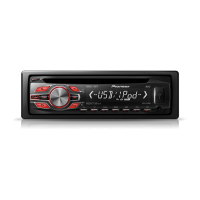


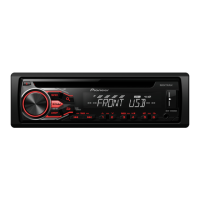


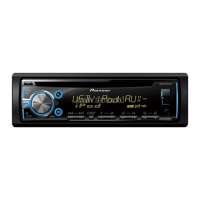
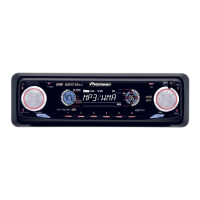

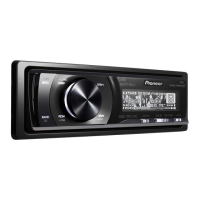

